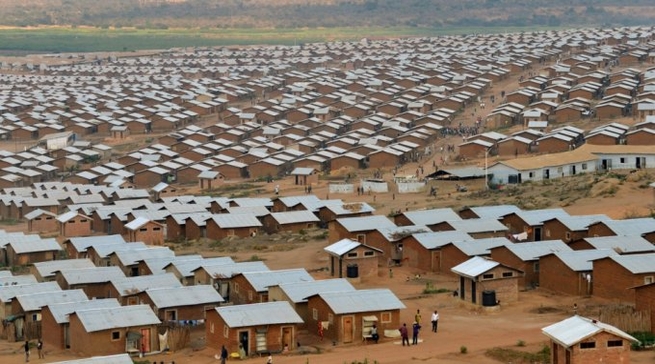This report shows that 7,826 refugees who were housed in Rwanda found other countries to live in in 2023, adding another 637 who left in January. This means that in the last 13 months, 8463 refugees found third countries to live.
The United States is the leader in the countries that received the most refugees from Rwanda in the last 13 months, where it received 5668, followed by Canada that received 1252. Those countries are followed by Norway that received 627, France comes in fourth place with 286, followed by Belgium. at 164.
Other countries that have received refugees from Rwanda include Denmark and
Australia received 152 refugees each, New Zealand received 80, Finland received 77, and the Netherlands came in tenth place in receiving refugees who fled Rwanda, where it received five.
HCR shows that the majority of refugees found in the countries of residence are mainly those in the Democratic Republic of the Congo.
Resettlement to a third country is a process of sending refugees who have been removed from the country they first fled to, to another country that has studied their file, accepts one or the whole family, and then grants them the right of permanent residence.
It is a permanent solution to the refugee crisis for refugees who do not have the choice to find themselves in their country of refuge or return to their country of origin and need to be given security in their country of residence.
In order for a third country to be able to receive refugees, the HCR prepares files of eligibility and then the countries according to their capacity and the provisions of their laws gradually accept a certain number.
HCR-Rwanda shows that in 2023, 6,388 refugee files were submitted to different countries that were requested to receive them, and in that year, those countries accepted about 5,758 refugees in 2023. It appears that there were more people who were requested in the years before 2023, totaling 8,463.
It shows that refugees are resettled according to the categories of their needs, and the countries they are resettled in also specify the requirements that refugees must meet in order to be allowed to enter them.
Those to be transferred are identified or selected based on the information provided during self-identification or registration, and on information collected by partners or during home visits.
HCR selects refugees for resettlement based on their needs through a regular assessment of their living conditions and the vulnerability of these families, and then assesses whether they meet the requirements for resettlement.
It is very important for the transferee to identify his/her family members at the time of transfer so that they can appear in the HCR documents, although there is no guarantee that his/her family members can accompany him/her to the country of transfer, as this depends on the laws and regulations of that country. .
Most countries usually allow immediate family members (spouses and their children), even if you have the financial ability before you bring your family members.
Until January 2024, 135,343 refugees will be counted in Rwanda, of which 62% will come from the Democratic Republic of the Congo, equal to 83,946, and from Burundi, 37%, equal to 50,561.
In December 2023 and January 2024, Rwanda received about 763 Congolese refugees, bringing the total to 14,204 who have entered the country since 2022.
On the other hand, since 2020, about 30,877 Burundian refugees have already been voluntarily repatriated, of which about 325 will go in 2023 and another 95 will go in February 2024.




